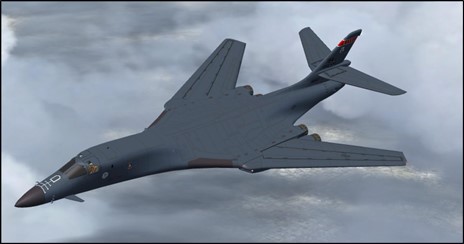Academy SITREP – U.S. Commences Retaliatory Strikes on Iran’s Islamic Revolutionary Guard Corps and Affiliated Groups in Syria and Iraq
February 2, 2024

What has Happened: A short time ago, the U.S. conducted strikes in Syria and Iraq in retaliation for the deadly attack that killed three U.S. troops on a U.S. base in Jordan last weekend. Dozens of other American troops were wounded in the drone attack on the Tower 22 base near Jordan’s border with Iraq and Syria. On Wednesday the White House announced that the umbrella group of militants called “Islamic Resistance in Iraq” was responsible for the drone attack in Jordan. Targets included facilities and personnel associated with Iran’s Islamic Revolutionary Guard Corps and the strikes were conducted with ... Academy SITREP – U.S. Commences Retaliatory Strikes on Iran’s Islamic Revolutionary Guard Corps and Affiliated Groups in Syria and Iraq


